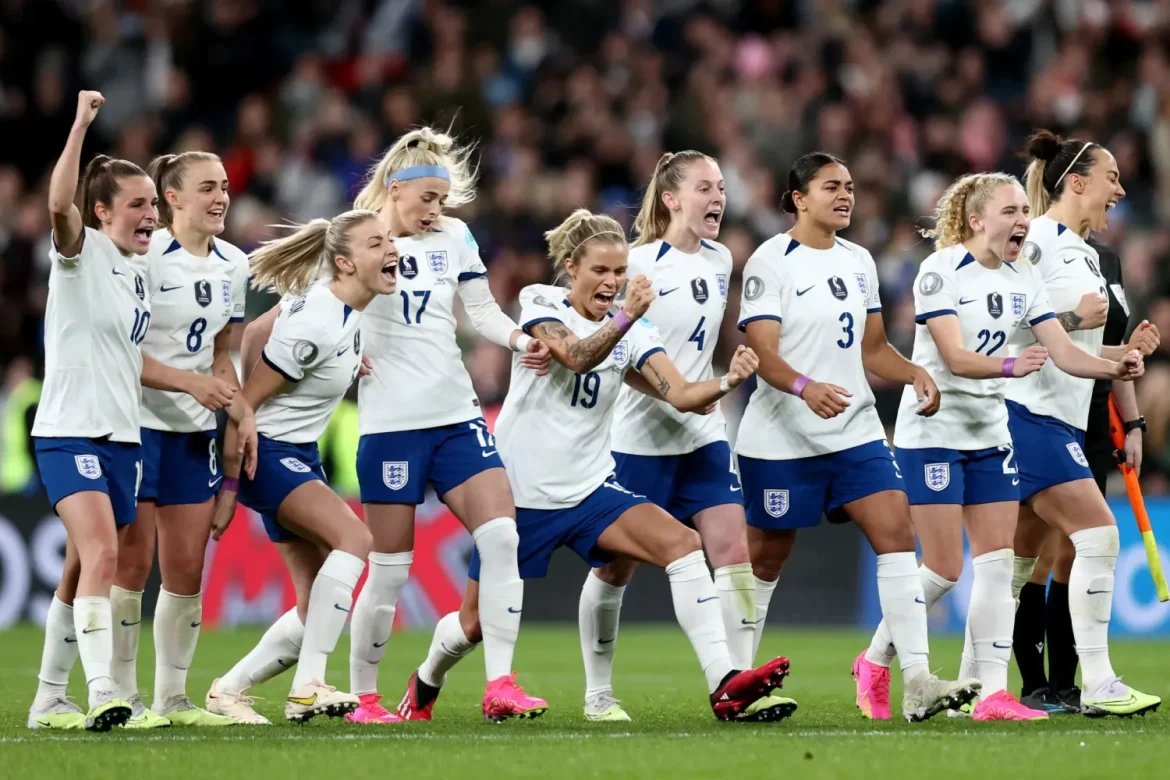Women’s football in the UK has witnessed significant transformation over the past decade. From grassroots development to sold-out stadiums for major matches, the sport has captured increasing public attention. The rise in visibility is not just a reflection of improved media coverage, but also the result of concerted efforts by football associations, clubs, and athletes dedicated to expanding opportunities for female players.
Advertisement
The Women’s Super League (WSL), established in 2011, has played a pivotal role in raising the profile of the sport. With growing sponsorship deals and televised coverage, the league has attracted talent from both the UK and abroad. Clubs such as Arsenal, Chelsea, and Manchester City have invested in infrastructure, coaching, and youth academies to support long-term development and competitive excellence.
The success of England’s national team has further fuelled enthusiasm. Memorable performances in major international tournaments, including the UEFA Women’s Euro and FIFA Women’s World Cup, have inspired a new generation of players. These achievements have shifted public perception and created a broader sense of legitimacy and excitement surrounding women’s football.

